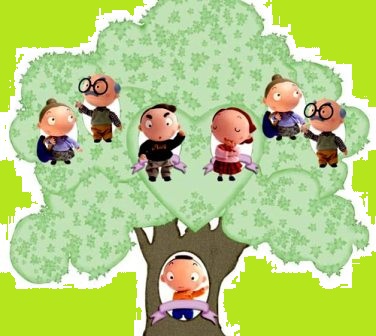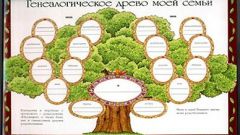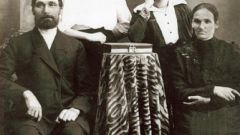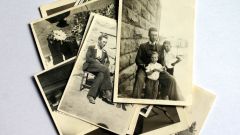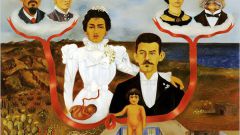You will need
- Documents from the family archive
Instruction
1
To start the investigation of his pedigree, it is desirable with the purchase of stationery. You will not be able to keep in memory all the facts and events. Stock up on envelopes and folders, which then will be sent copies of documents, photographs, certificates from the archives. Even if you decided to use the computer and the scanner, the paper archive will help eliminate the risk of data loss when technical failure.
2
The next step is tidying and sorting the family archives. Select the documents that contain genealogical information: birth certificates, marriage and divorce, death certificates, employment records, identity cards, certificates and other documents. Pay special attention to dates, names, places of residence and family ties. For each person take a separate envelope. Whenever receiving new data, put them in the appropriate store.
3
In the future, you need to set a goal to obtain access to the family archives next of kin and copy documents relating to genealogy.
4
A valuable source of information you need can serve as passport data. Not always at home can be available for yourself a passport, but sometimes it is enough to have drawn in a notebook passport numbers in order to access the appropriate archives.
5
Number and label the envelopes with the documents, make an inventory of all collected papers. To collect old photographs of ordinary albums the better and to place them in envelopes. If you want to make an explanatory note to the photo (who, when and where displayed), use the back side of the picture and a pencil. Documents must be stored in expanded form to bend them does not become damaged
6
You can now go to the poll family. Most of them may not want to waste time on stories about their ancestors. But that you should not stop. Get a notebook and start to systematically ask their relatives about what they remember. A very good tool in this case may be the recorder. If relatives live in another city, use to survey letters, telephone, e-mail.
7
Communication should be conducted in friendly manner in pleasant surroundings. Importantly, the Respondent was not in a hurry to get distracted by other things. Good to use for gathering genealogical information, family holidays, weddings, birthdays.
8
Prepare a list of questions, and make them out to be so that they could not answer in monosyllables. Pochep is still a one-word answer, try to clarify information. It is easiest to start with the usual questions about time and place of birth. Encourage story-telling and anecdotes. Ask to see a family photo album. Be a good listener. The effective duration of the conversation does not exceed two hours.
9
Later give the notes in order, swipe their systematization. Make sure to mark confidential information not to be disclosed.
10
Gradually formed the contours of the approximate picture of your family tree suitable for further research. To begin to search through the archives, you need to know about the person surname, name and patronymic; year, place of birth and death, place of residence (of baptism), occupation (class). Keep in mind that in most archives genealogical search is a paid service. It is highly desirable to include in the query as accurate as possible information.
11
Genealogy conveniently represented as a tree. It is indicated by the ascending trunk of the person from whom the genealogy is built, branching will be his parents, small branches – grandparents. At the base of the tree will be the ancestor, and in the crown – the descendants.
